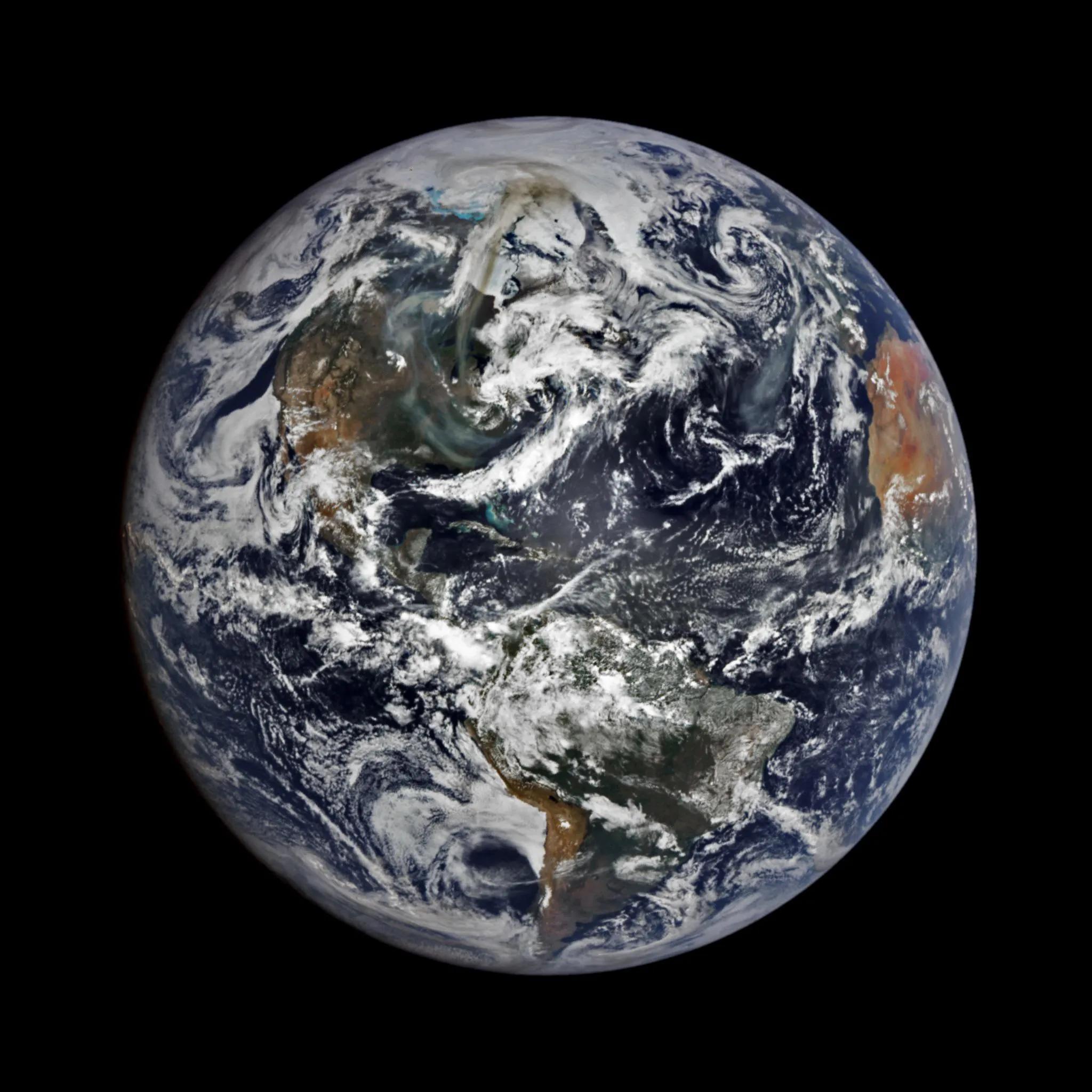From a Million Miles Away: Canada's Wildfire Smoke Visible From Space
Imagine a cloud so vast, so immense, that it's not just visible from orbit, but from one million miles away. That's precisely what happened during the intense Canadian wildfire season, where the colossal smoke plumes created an atmospheric phenomenon visible from a distance far beyond the Moon, a truly humbling and alarming sight.
The Unprecedented Scale of the Plumes
In an era increasingly marked by extreme weather events, the Canadian wildfires of recent years have set new, somber records. Beyond their devastating impact on local communities and ecosystems, these fires unleashed smoke plumes of such density and height that they ascended into the stratosphere and spread across continents. But the true measure of their enormity was revealed when instruments positioned at a gravitationally stable point between Earth and the Sun captured a full-disk view of our planet, clearly showing the smoky haze blanketing a significant portion of the Northern Hemisphere.
One million miles is an incredible distance – roughly four times the average distance between the Earth and the Moon. Observing such a terrestrial event from this vantage point underscores the sheer volume of particulate matter injected into our atmosphere. It's a vivid demonstration of how local events can have global, even cosmic, visibility.

A Glimpse from DSCOVR
This incredible perspective was likely captured by a spacecraft like the Deep Space Climate Observatory (DSCOVR), a joint NASA, NOAA, and U.S. Air Force mission. Positioned at the L1 Lagrangian point, DSCOVR provides continuous observations of the sunlit side of Earth, monitoring everything from ozone and aerosols to cloud height and vegetation. Its Earth Polychromatic Imaging Camera (EPIC) is specifically designed to capture full images of Earth, making it invaluable for tracking large-scale atmospheric phenomena like these colossal smoke plumes.
Environmental Implications and Beyond
The visibility of these smoke plumes from such an extreme distance serves as a powerful visual testament to the severity of the wildfires and their environmental ramifications. Beyond localized air quality issues, these events have far-reaching effects on atmospheric circulation, climate patterns, and even the reflectivity of Earth (albedo), impacting the planet's energy balance.
Such observations from deep space are not just fascinating; they are critical for scientists to model the transport of aerosols, understand climate feedback loops, and assess the global impact of terrestrial events. They offer a unique, holistic view of our planet's interconnected systems, highlighting the urgent need for action on climate change and sustainable land management practices.
Conclusion
The image of Earth, partially shrouded by wildfire smoke, from a million miles away, is a sobering reminder of the planet's fragility and the escalating challenges posed by a warming climate. It’s a testament to both the destructive power of nature amplified by human activity and the incredible capabilities of space technology to observe and understand our dynamic world. As we continue to explore the cosmos, Earth remains our most vital and vulnerable subject of study, urging us to look closer, from afar, and act decisively here at home.




